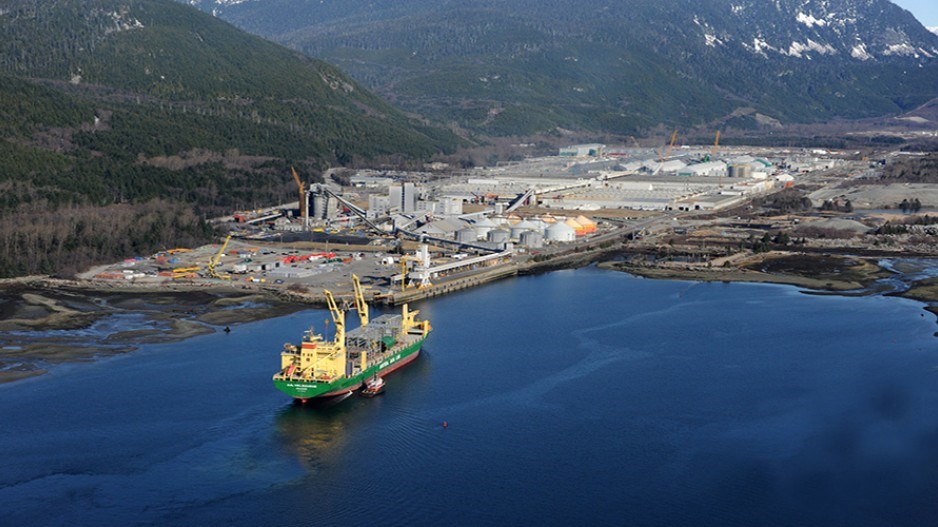The mayor of Kitimat, a district municipality in the North Coast of British Columbia where Rio Tinto Alcan’s aluminium smelter is located, told the CBC that his office is considering buying shares in the Montreal-based company in a bid to force it to install saltwater scrubbers at the facility.
As acknowledged by the both the City and the provincial Ministry of Environment, the local population is worried about the effects that SO2 (sulphur dioxide) emissions could have in both the environment and their health. In recent months, people have particularly criticized the fact that existing monitoring stations in the city don't measure SO2 levels in outlying outdoor recreation areas.
General concerns are not new, though. In 2015, when Rio Tinto wanted to grow production capacity by 125,000 tonnes by modernizing its smelter, it was allowed to increase emissions by as much as 56 per cent; the immediate public reaction forced the provincial government to accept a recommendation to develop a health advisory system. The main objective of the system, which is still being designed, is to alert residents of issues of air quality.
But back then locals also urged the miner to install scrubbers, which use saltwater to decrease the amount of sulphur dioxide released. This suggestion was dismissed and, even though the Mayor Phil Germuth would like Rio to reconsider it, he told the public broadcaster that it is ultimately up to the Province to make the rules.
Germuth also said that the health advisory system doesn’t address the root of the problem. At the same time, he criticised the fact that Rio Tinto is taking part in a monitoring program to track the effects on human health and the environment of the smelter’s upgrades, which are supposed to reduce overall emissions by nearly 50 per cent but, as mentioned before, raise those of SO2. For him, it’s like using his fellow citizens as guinea pigs.
Given this state of affairs, City Council is evaluating the cost of purchasing shares in the company in order to voice their concerns directly at investor meetings.
According to the B.C. Ministry of Environment, three quarters of the SO2 emissions in Kitimat come from the industry, Rio’s smelter being the largest source. The remainder is originated by fuel combustion from transportation sources, including marine vessels. Yet, levels tend to remain within acceptable health standards – which is below 300 parts per billion.
Rio Tinto Alcan's Kitimat smelter is one of the firm’s largest wholly-owned smelters and one of the three largest in North America.




